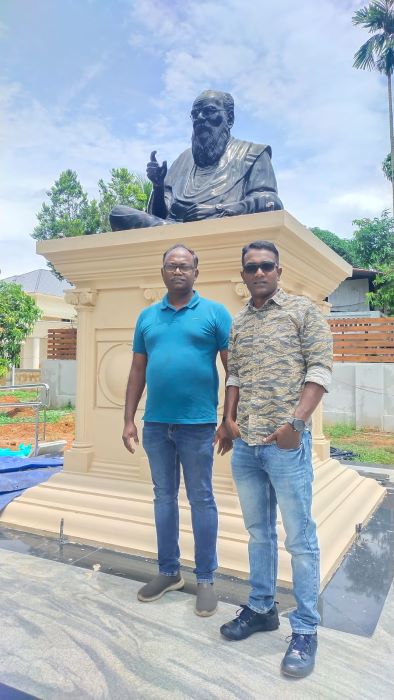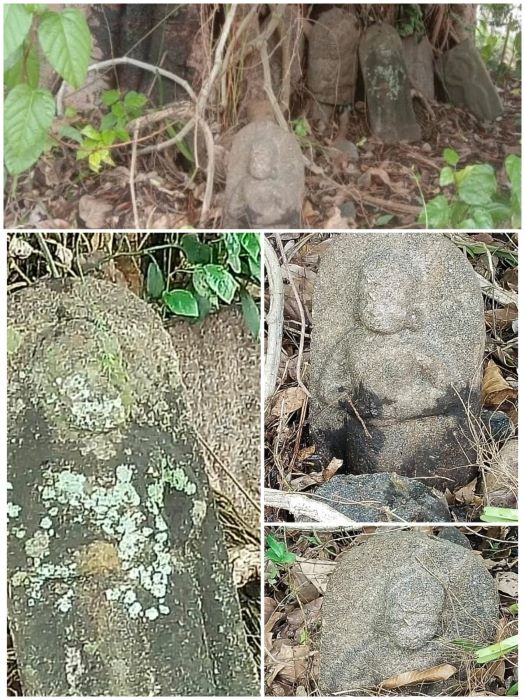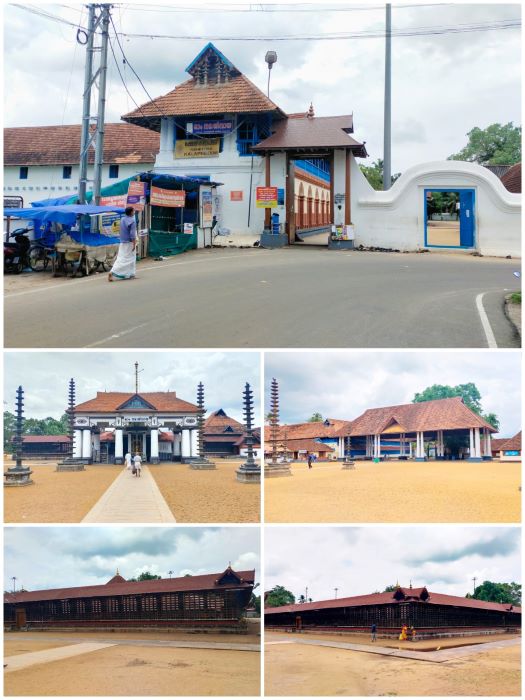Visiting Vaikom, Kottayam District
May 22nd, 2024
(THE ASIAN INDEPENDENT)- The purpose of visiting Vaikom is to pay tributes to the Vaikom movmeent and also explore the Buddhist heritage embedded in Mahadeva temple. Paying tributes to Periyar statue at Vaikom  and visit to the infamous Vaikom temple was of a great importance for self-respect movement. The year 2024 marks the centenary year of the historic Vaikom satyagraha. Vaikom Satyagraha, from 30 March 1924 to 23 November 1925, was a nonviolent agitation for access to the prohibited public environs of the Vaikom Mahadeva Temple in the Kingdom of Travancore. Kingdom of Travancore was known for its rigid and oppressive caste system. The campaign was led by Congress leaders T. K. Madhavan, K. Kelappan, K. P. Kesava Menon, George Joseph, E. V. Ramasamy ‘Periyar’, and it was noted for the active support and participation offered by different communities and a variety of activists.
and visit to the infamous Vaikom temple was of a great importance for self-respect movement. The year 2024 marks the centenary year of the historic Vaikom satyagraha. Vaikom Satyagraha, from 30 March 1924 to 23 November 1925, was a nonviolent agitation for access to the prohibited public environs of the Vaikom Mahadeva Temple in the Kingdom of Travancore. Kingdom of Travancore was known for its rigid and oppressive caste system. The campaign was led by Congress leaders T. K. Madhavan, K. Kelappan, K. P. Kesava Menon, George Joseph, E. V. Ramasamy ‘Periyar’, and it was noted for the active support and participation offered by different communities and a variety of activists.
The Vaikom movement raised awareness of untouchability and caste discrimination in Kerala. It had put substantial pressure on the Government to reform the caste system, and inspired other social reform movements across India. After the intervention of Gandhi, a compromise was reached with Regent Sethu Lakshmi Bayi who released all those arrested and opened the north, south and west public roads leading to Vaikom Mahadeva Temple to all castes. Bayi refused to open the eastern road. The compromise was criticized by E. V. Ramasamy ‘Periyar’ and Shri Narayana Guru who wanted activists to ‘not only walk along the prohibited roads but enter the temple’. It is very important to note that the local Christian leadership was alienated by a statement by Gandhi asking them to keep clear from ‘a Hindu affair’. Sikh Akali activists from Amritsar had also arrived at Vaikom to establish free food kitches to the satyagrahis. Gandhi called for the closure of the Sikh kitchens. In fact Gandhi made a statement appreciating Regent Sethu Lakshmi Bayi in his own words “..the opening of the roads is not the final but the first step in the ladder of reform….. We may not force the pace” (“Young India”, 2 April 1925). Such intimidations and warnings were opposed by Periyar E.V. Ramasamy. Participation in the movement earned Periyar the title “the Hero of Vaikom”.
 Interestingly, the Vaikom Mahadeva Temple was once a Buddhist temple according to the historian Prof. Dr. Ajay Shekar. Beneath the banyan tree, there are still fragments of Buddhist artefacts and Avalokiteswara motifs. According to Prof. Dr. Ajay Shekar, the Vaikom Mahadeva temple was once a Mahayana Buddhist temple which was modified in 1539 as Shaivite temple. The architecture is influenced by Mahayana Buddhism. The sanctum sanctorum is apparently round in shape roofed with copper sheets and with two chambers. In fact, this is the only temple in Kerala with an oval shaped sanctum, though externally it appears like a circular temple. This oval shape is evident when the width of antharaala is measured. Only builders with exceptional skill can execute such marvellous architectural structures.
Interestingly, the Vaikom Mahadeva Temple was once a Buddhist temple according to the historian Prof. Dr. Ajay Shekar. Beneath the banyan tree, there are still fragments of Buddhist artefacts and Avalokiteswara motifs. According to Prof. Dr. Ajay Shekar, the Vaikom Mahadeva temple was once a Mahayana Buddhist temple which was modified in 1539 as Shaivite temple. The architecture is influenced by Mahayana Buddhism. The sanctum sanctorum is apparently round in shape roofed with copper sheets and with two chambers. In fact, this is the only temple in Kerala with an oval shaped sanctum, though externally it appears like a circular temple. This oval shape is evident when the width of antharaala is measured. Only builders with exceptional skill can execute such marvellous architectural structures.
Antarala is a small vestibule space where worshippers can stand and gaze at the icon or follow rituals conducted within the shrine. It is a small antechamber or foyer between the garbhagriha (shrine) and the mandapa, more typical of north Indian temples. Antarala are commonly seen in Chalukyan style temples, in which the vimana and the mandapa are connected through the antarala. This can be related to Ajanta caves. In Ajanta caves, Chaitya 1 is a like a temple with a veranda, a hall and a shrine joined to it by a vestibule (antarala). Such interconnections in architecture helps in understanding and reinterpreting the Buddhist vestiges of Kerala. Furthermore, one needs to pass through a staircase with six steps to enter the sanctum. It signifies the six vikaras (impurities) which are Kama (lust), Krodha (anger), Lobha (power), Moha (attachment), Mada (ego) and Matsarya (envy). Crossing the staircase signifies the devotee letting go of these six impurities and attaining liberation or moksha. One may easily observe the fact that the Abhidhamma of Mahayana has the reference of all these impurities in its six root unwholesome factors (mulaklesa) and the twenty secondary unwholesome factors (upaklesa). Vikara refers to ‘changeable’, change of form, change of mind, disease; according to the Gaganagañjaparipṛccha: the eighth chapter of the Mahasaṃnipata (a collection of Mahayana Buddhist Sutras). It is one of the ten categories of causation listed by Vasubandhu in his Madhyanta Vibhaga Bhasya. Bhasya is a commentary wherein Vasubandhu wrote the Bhasya for Madhyanta vibhaga karika or Verses Distinguishing the Middle and the Extremes which is a key work in Buddhist philosophy of the Yogacara school attributed in the Tibetan tradition to Maitreyanatha and in other traditions to Asanga. Along with Chinese, Tibetan and Mongolian translations, the text survives in a single Sanskrit manuscript discovered in Tibet by the Indian Buddhologist and explorer, Rahul Sankrityayan. All these were later appropriated by the Bhagavad Gita in order to destroy Mahayana Buddhism.
Gauthama Prabhu Nagappan
Independent Researcher, Maritime Buddhism
17th June, 2024








